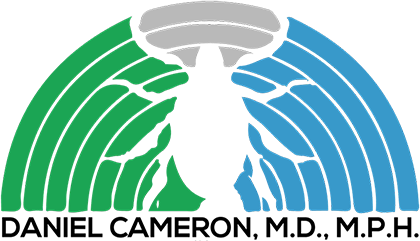40 years after first case, Lyme disease still a burden for Connecticut
Since 1977, “in spite of all endeavors conducted by the Connecticut Department of Public Health (CTDPH) to control the disease, it [Lyme disease] remains endemic with substantial morbidity rates,” states Mollalo, from the Department of Geography at the University of Florida. Mollalo and his team conducted a retrospective study examining changes in the spatial clusters […]
40 years after first case, Lyme disease still a burden for Connecticut Read More »










